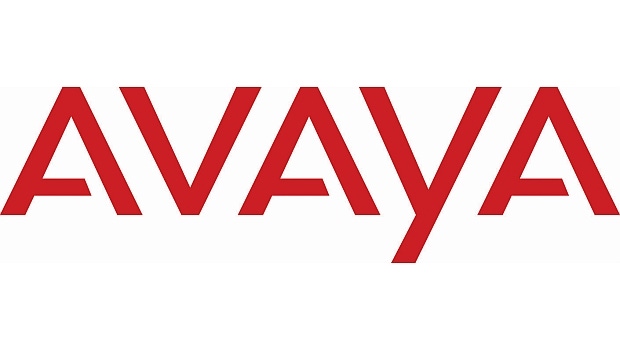Too timid a pivot to a cloud model has brought down tech titans before. Are you at risk?
February 1, 2017

By David Byrd
 By David Byrd
By David Byrd
It was with great interest that I read the story of Avaya’s impending bankruptcy. The first thing that struck me is the observation that Avaya’s owners are having difficulty meeting the debt payments that they incurred to purchase the company. If you recall, Avaya was purchased by Silver Lake and TPG Capital for $8.3 billion in 2007. The intent was to grow the company and take it public. Due to market changes and slipping performance, a public offering was abandoned.
Fast forward to today. The velocity of movement toward cloud-based PBX solutions by Avaya’s competitors, notably Cisco and Microsoft, has increased dramatically. While Avaya does offer IP-based PBXes in addition to hardware-based TDM, it has had limited success in the growing cloud PBX space.
Now Avaya’s owners face two unpalatable alternatives: Declare bankruptcy or sell off parts or all of the company.
Let’s be clear: The debt-payment issue is a result of Avaya not properly positioning itself sooner with a cloud PBX solution. Avaya announced its move to IP PBXes and eventually to the cloud with some fanfare. But it remained behind Cisco, Microsoft, BroadSoft and others in terms of both a strong cloud PBX vision and the commitment to make what products it did have successful.
Avaya had 22 percent share of the PBX market in 2010, according to Eastern Management Group. That share had dropped to 17 percent by 2015, says IHS Markit, in what is itself a shrinking market. Today, new TDM PBX sales and additive lines for existing TDM PBXes continue to drop, and the growth of the IP PBX is less than that of cloud PBXes. In fact, IHS says the global PBX market overall will have a CAGR of -0.1 percent through 2019.
Need to execute your pivot to UCaaS? Join us at the Channel Partners Conference & Expo UCaaS Boot Camp to learn how. Register Now! |
The reasons for the disparity in growth between PBXes and UCaaS mirror what’s driving customers to the cloud in myriad areas: cost, scale, future-proofed technology, features, OpEx, customization and more. Unified communications via the cloud is the new way for businesses to conduct business communications and collaboration. In fact, the global unified communications market will reach $143 billion by 2024, says Grand View Research. Compare that with an anemic $6.9 billion in 2019 for PBXes, per IHS.
It is not surprising that Avaya was late to the cloud trend. As an incumbent equipment provider, it faced a difficult decision as to when it should begin to cannibalize its hardware sales and push as a top priority a software/cloud replacement. It’s not the first to face such a fork in the road, nor the last to incorrectly time the switch. The transition to the cloud and cloud technologies is rapidly forcing both legacy hardware and software vendors to establish cloud strategies that can effectively maintain and grow their businesses.
Partners, you need to take a clear-eyed look at key providers — and your own company. Are they and you biting the bullet and prioritizing to cloud? If not, why not?
David Byrd, the founder and chief creative officer of Raven Guru Marketing, has led telecom and technology marketing teams for over 20 years. He has experience in cloud technology and solutions, telecom, VoIP, wireless, broadband and unified communications. He has held executive marketing positions with Sprint, Ericsson, Hewlett-Packard (Tandem Computers), and Telcordia.
Read more about:
AgentsYou May Also Like
